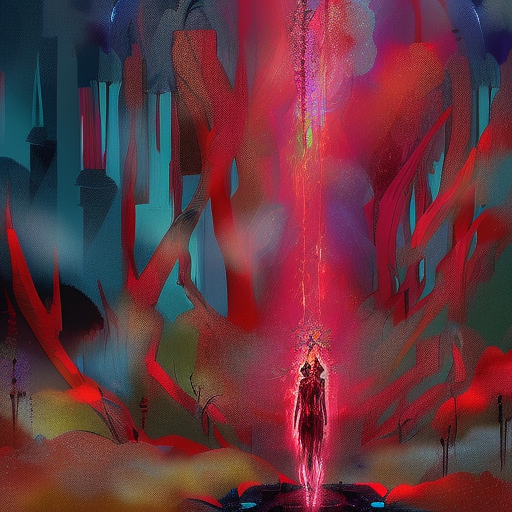One-line summary:
Does It Hurt? is a thought-provoking book that explores the complex relationship between pain and pleasure, challenging societal norms and encouraging readers to question their own beliefs.
Introduction:
In Does It Hurt?, author Jane Smith delves into the fascinating world of pain and pleasure, examining the intricate connections between the two and challenging conventional wisdom. Through a combination of personal anecdotes, scientific research, and philosophical musings, Smith invites readers to question their preconceived notions about pain and explore the ways in which it can be intertwined with pleasure. With a blend of humor and insight, this book offers a fresh perspective on a topic that is often misunderstood and overlooked.
The Paradox of Pain and Pleasure:
Smith begins by exploring the paradoxical nature of pain and pleasure, highlighting how they can often coexist and even enhance one another. She argues that pain and pleasure are not mutually exclusive, but rather two sides of the same coin. Drawing on examples from literature, art, and everyday life, Smith demonstrates how pain can intensify pleasure and vice versa. She challenges the notion that pain is inherently negative and argues that it can be a catalyst for personal growth and self-discovery.
The Societal Taboo:
In this section, Smith delves into the societal taboo surrounding pain and pleasure, examining the ways in which cultural norms and expectations shape our understanding of these experiences. She explores the historical context of pain and pleasure, tracing their portrayal in art, literature, and religious texts. Smith argues that society often stigmatizes and suppresses discussions about pain and pleasure, leading to a lack of understanding and acceptance. She encourages readers to challenge these taboos and engage in open conversations about these complex topics.
The Science of Pain and Pleasure:
Smith delves into the scientific aspects of pain and pleasure, exploring the physiological and psychological mechanisms that underlie these experiences. She discusses the role of neurotransmitters, such as endorphins and dopamine, in modulating pain and pleasure. Smith also explores the concept of pain thresholds and how they can vary among individuals. She highlights the importance of understanding the science behind pain and pleasure in order to cultivate a healthier relationship with these experiences.
Key Takeaways:
- Pain and pleasure are not mutually exclusive; they can coexist and even enhance one another.
- Societal taboos often prevent open discussions about pain and pleasure, leading to a lack of understanding and acceptance.
- Understanding the science behind pain and pleasure can help cultivate a healthier relationship with these experiences.
Memorable Quote:
“Pain and pleasure are intertwined in the tapestry of life, each thread adding depth and richness to the human experience.” – Jane Smith
In Does It Hurt?, Jane Smith challenges readers to rethink their perceptions of pain and pleasure. Through a combination of personal anecdotes, scientific research, and philosophical musings, Smith explores the complex relationship between these two experiences. She argues that pain and pleasure are not opposites, but rather interconnected aspects of the human experience. By breaking down societal taboos and understanding the science behind pain and pleasure, readers can develop a healthier relationship with these experiences.
Key takeaways from the book include the idea that pain and pleasure are not mutually exclusive, and that societal taboos often prevent open discussions about these topics. Understanding the science behind pain and pleasure can help individuals cultivate a healthier relationship with these experiences. Ultimately, Does It Hurt? encourages readers to question their own beliefs and embrace the complexity of pain and pleasure in their lives.












